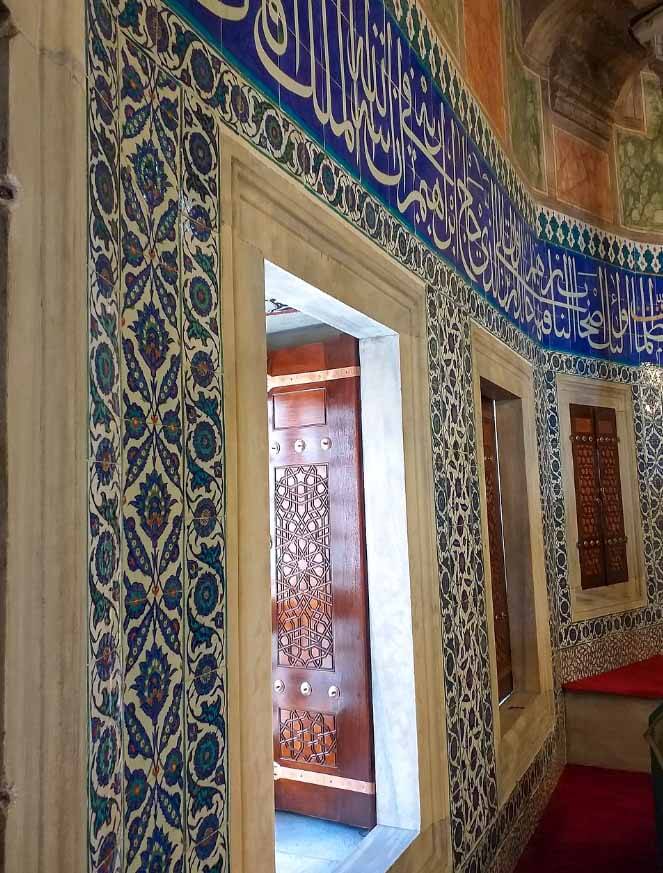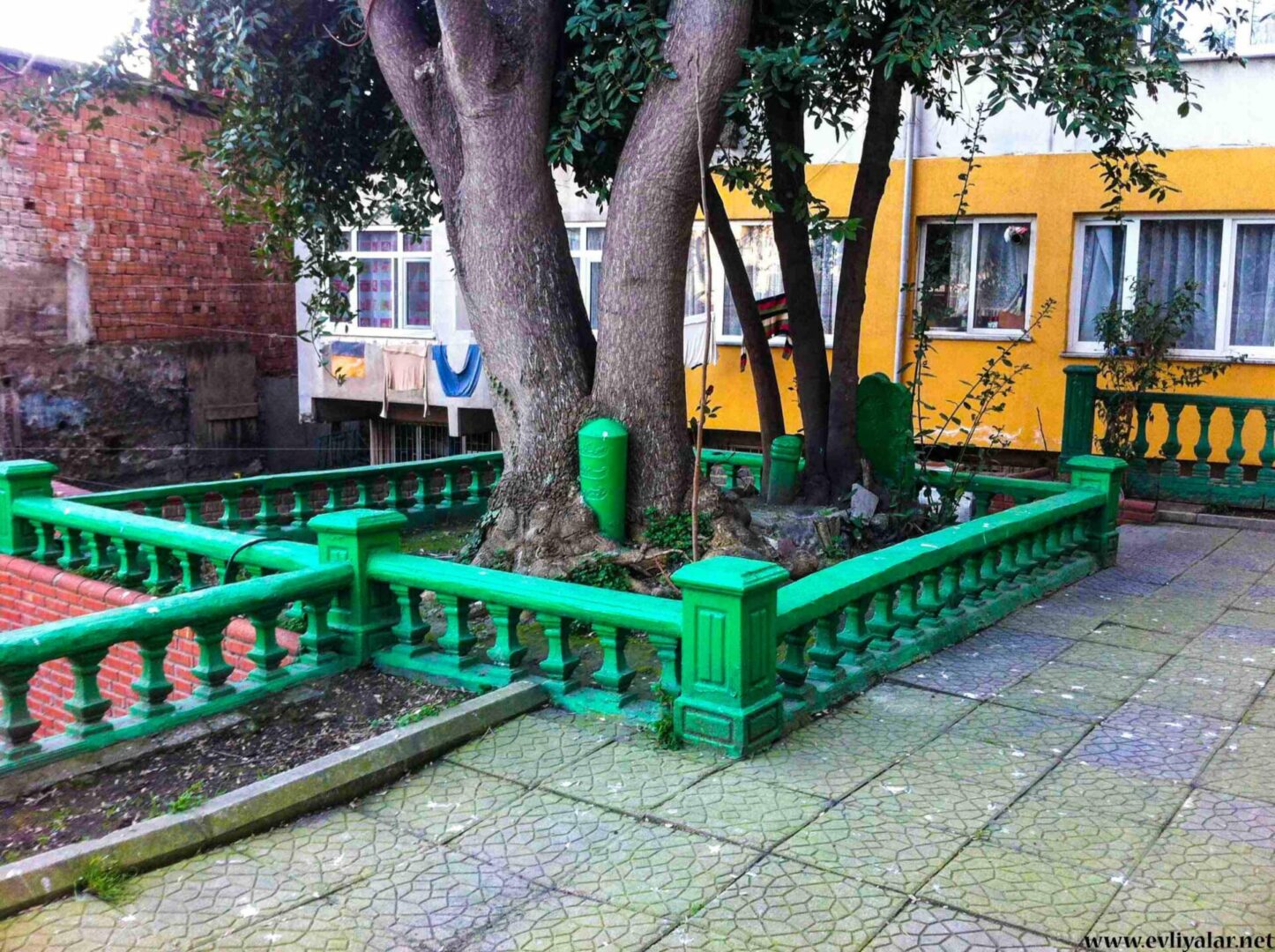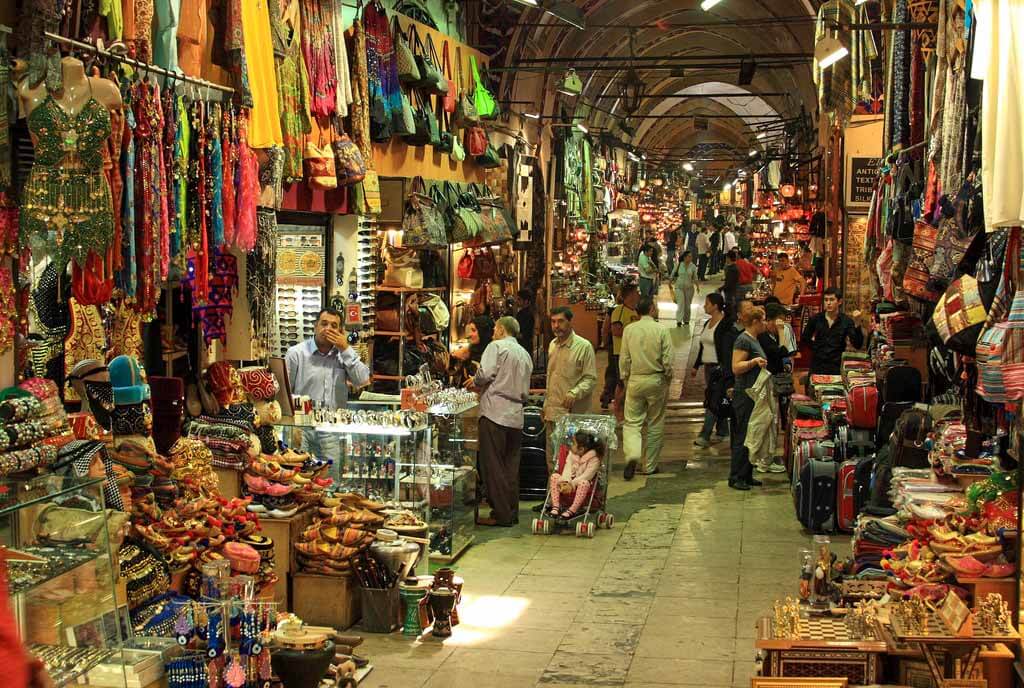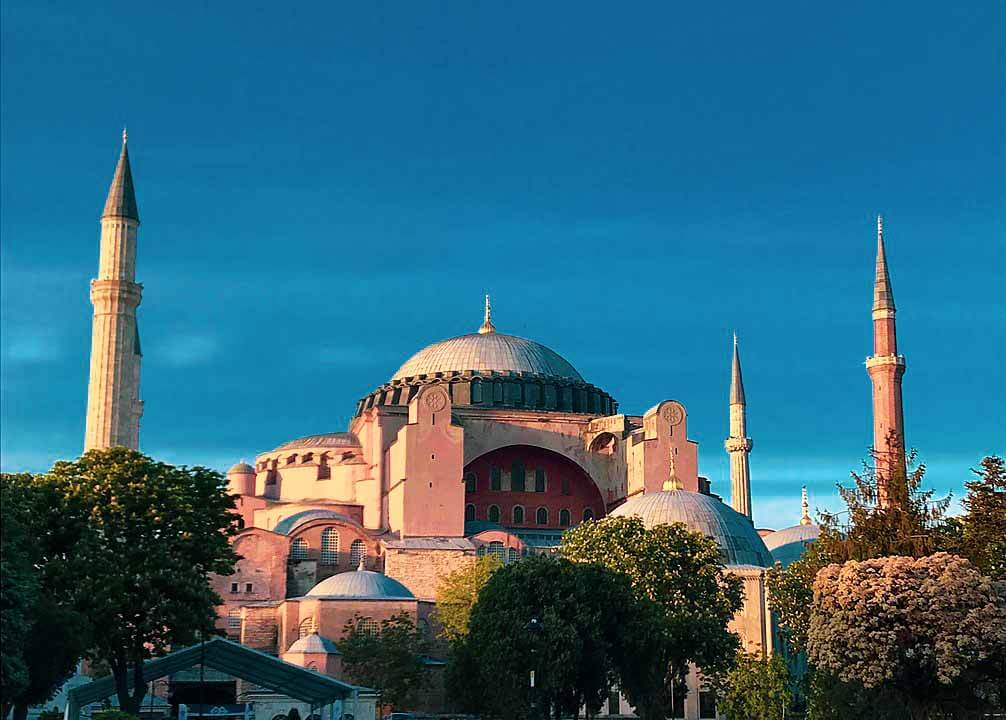Istanbul, Turkey
Coordinates: 41.015710, 28.964483
Sultan Süleyman Türbesi
Suleiman I, commonly known as Suleiman the Magnificent in the West and Suleiman the Lawgiver in his realm, was the tenth and longest-reigning Sultan of the Ottoman Empire from 1520 until his death in 1566. Under his administration, the Ottoman caliphate ruled over at least 25 million people.
Suleiman succeeded his father as sultan in September 1520 and began his reign with campaigns against the Christian powers in central Europe and the Mediterranean.
Belgrade fell to him in 1521 and the island of Rhodes in 1522–23. At Mohács, in August 1526, Suleiman broke the military strength of Hungary.
Suleiman became a prominent monarch of 16th-century Europe, presiding over the apex of the Ottoman Empire’s economic, military and political power. Suleiman personally led Ottoman armies in conquering the Christian strongholds of Belgrade and Rhodes as well as most of Hungary before his conquests were checked at the Siege of Vienna in 1529.
He annexed much of the Middle East in his conflict with the Safavids and large areas of North Africa as far west as Algeria. Under his rule, the Ottoman fleet dominated the seas from the Mediterranean to the Red Sea and through the Persian Gulf.
You’ll be surprised to see the simplicity of Sultan Süleyman the Magnificent’s tomb. Though very artistically designed it was a very small mausoleum for a man of such historical stature.
The Sultan died at the age of 71 and was the longest reigning and most successful Ottoman ruler. The tomb has a small interior dome of about 10 m which is supported by eight columns and has an octagonal base.
It was found out that when the Sultan died on a military campaign in Hungary the Grand Vizier kept his death a secret for 48 days so that the army would not give up. He buried the Sultan’s heart, liver and internal organs in Szigetvar and brought the embalmed body back to Istanbul where it was buried near the Sultan’s mosque over which the mausoleum was built later.
We saw graves of several other people in Sultan’s mausoleum like those of his favorite daughter Mihrimah, his mother Dilasub Saliha, his sister Asiye and two Ottoman rulers who died later namely Suleiman II and Ahmed II.

















